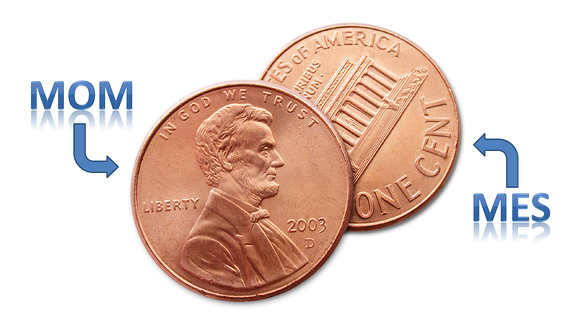Terminology can be confusing in the software industry, especially if you are just starting out. Unfortunately, this observation holds true for software in the manufacturing industry. Hopefully, for those trying to actively learn more about the industry, we can help to clear up some of the confusion with this post.

Over the years there have been many different acronyms and terms used but there are 2 that I want to focus on:
- MES – Manufacturing Execution System
- MOM – Manufacturing Operations Management
MES was first used by AMR in the 1990s and was the heir apparent to the Computer Integrated Manufacturing (CIM) term first coined in the late 1980s at Purdue University. This era was before many of the standards in the industry had been established, like ISA-95, and before ERP had taken root as the main IT backbone for most global manufacturing companies.
The Problems with Early MES
Because of these market conditions, many early MES systems were purpose built closed systems that lacked the configurability and flexibility needed to adapt to changing business needs. This caused many early implementations to have a very high service to software ratio and often created an implementation process that seemed to have no end. For these reasons, and others, MES earned a reputation early on as an expensive and risky endeavor that often did not deliver on initial ROI goals.
Of course, those vendors that did succeed did not stop innovating and the market at large did not stop maturing. As mentioned above, over the late 1990’s and early 2000’s, the growth and consolidation in the ERP market was unprecedented. However, this growth often did not include shop floor capabilities, which left a need to still be filled in managing manufacturing operations and integrating the shop floor with the top floor.
At the same time, much of the good work done by the automation industry in creating batch level standards, like ISA-88, was being extended to the enterprise with the ISA-95 standard. In this standard the term Manufacturing Operations Management (MOM) was laid out and detailed activities and business processes were defined within the MOM space, including the areas of: Production, Quality, Maintenance, and Inventory.
The Rise of MOM
These new market conditions gave rise to a number of vendors wishing to rebrand and differentiate themselves from the products of the past, namely MES. Many of these vendors took up the MOM term and referred to their offerings as a MOM Solution or a MOM Platform. There were many similarities among these new MOM solutions that created the flexibility and scalability needed to become a true enterprise application, including:
- Re-architected system based on a configurable and extendable platform
- Standards based integration with ERP
- Standards based integration with Industrial Automation
- Standardized manufacturing data model
- BPM for manufacturing capabilities – model, visualize, optimize, update, and harmonize manufacturing business processes globally
- Event management – ability to collect, aggregate, analyze, and respond, to real time manufacturing events
Despite this trend, nothing is ever cut and dry. There were more than a few leading MES vendors that decided not to switch from their original MES branding even though they did re-architect their systems and have capabilities that align to the above MOM solution capabilities.
So what is the net-net?
- “MOM”, without any other descriptive words, usually refers to business processes not software
- “MOM Platform” or “MOM Solution” is usually used to differentiate from older MES solutions and has capabilities in-line with those listed above
- “MES” is still used by many vendors. In some cases it can refer to a company that has similar capabilities to those of a MOM vendor but in other cases it can refer to companies that have not kept pace with technology advancements and still promote legacy systems
Still confused? I am not surprised. The system has not necessarily been designed to create clarity. The only other advice that can be lent is not to focus on the Acronyms. Instead, focus on becoming an educated buyer. Understand your own business needs and identify vendors you can confidently partner with based on the experiences and case studies they can provide in successfully addressing these issues for other companies in a similar position to you.
Access this NEW eBook, "Manufacturing Metrics in an IoT World: Measuring the Progress of the Industrial Internet of Things," presents results from the fourth iteration of the biennial Metrics that Matter research study conducted between LNS Research and MESA International. It places particular focus on what IIoT means to manufacturers in the MOM space.